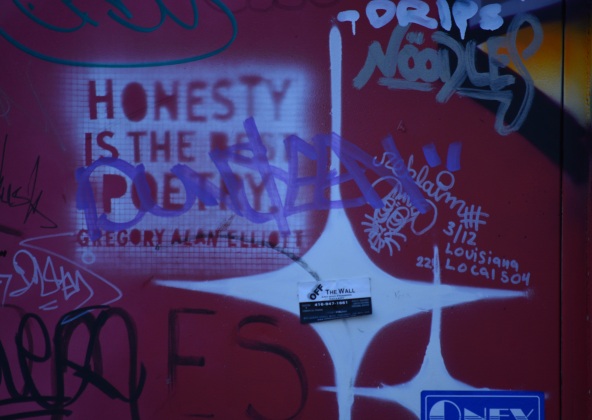
How do you want to travel?
Presentations and workshops are particular journeys for all participants – the facilitator included. From an overall accountability perspective, responsibility for the session sits squarely on the shoulders of the presenter, and rightly so. The content, pacing, climate and structure need to be clearly communicated and consistently enacted. Course evaluations assess how effectively presenters perform across these domains, and offer immediate feedback for improvement. But what about the audience?
Lately I’ve been thinking about individual audience members’ accountability, and the delicacy in creating a climate where each person in the room feels as invested in the value and success of the event as the presenter. This goes beyond learning outcomes and focuses on process (how we engage) as well as content (what we learn).
Most workshops and presentations typically start with some or all of:
- Learning outcomes
- Session overview or outline
- Participants’ learning goals
- Pre-session learning assessments.
However, few workshops explicitly build in a chance for participants to identify how they will contribute. In other words, reflecting on how we learn and participate, what might hold us back, and what would make it safe to take risks and participate in ways that might feel downright uncomfortable. I think these questions are crucial precursors to the usual content-focused questions or assessments, because a conversation about process sets the stage for joint responsibility for engagement.
It comes down to a conversation about how we (both presenter and group) collectively want to make the journey together. From a presenter’s perspective, this means starting out by asking questions such as:
- Are you coming to this session as a spectator or as a participant?
- What are some possible ways into the content that would resonate for you, and how could you amplify these entry points?
- What would it take to make you want to step outside your comfort zone?
- If you decided to take some risks in the interest of your own ‘deep learning’, how can the group support you?
- How will you translate and adapt ideas or applications to make them 100% relevant for you?
You don’t have to ask all five questions, and there are a wealth of other questions you could pose. The key is our intentionality in creating time for all participants to reflect on their roles, and on the nature of the voyage they are going to take with you and one-another.
And the next time I attend a presentation or workshop (or a class, meeting, performance, celebration or other opportunity to actively engage), I will be asking myself: “How do I want to travel?”


